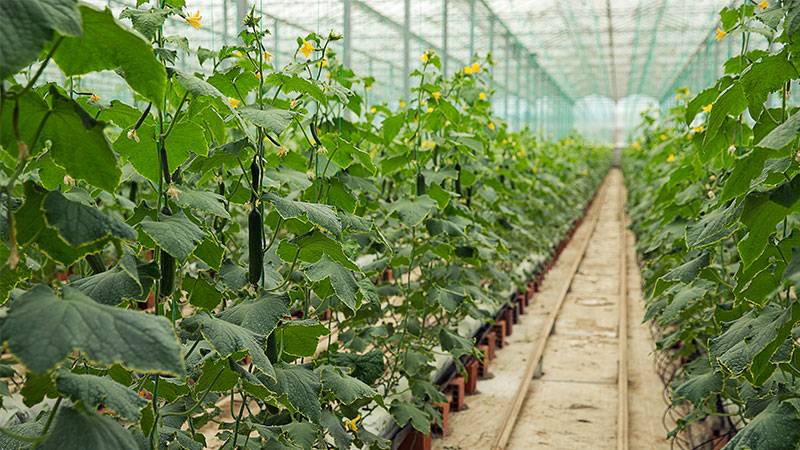Have you ever dreamt of building your own greenhouse to grow fresh produce all year round? What if I told you that there’s an affordable and versatile option that’s perfect for DIY enthusiasts?
Introducing the cattle panel greenhouse!
In this step-by-step guide, I’ll walk you through building your very own cattle panel greenhouse, from gathering materials and maintaining it for years to come.
List of Materials Needed
When setting out to construct a cattle panel greenhouse, having a comprehensive list of materials can make the process a lot smoother. I’ve compiled the essentials, ensuring you don’t miss any vital component.
Remember, the size of your greenhouse can alter the amount of certain materials you’ll need. However, for our standard 12ft x 12ft model, here’s what you’ll require:
| MATERIAL | QUANTITY |
|---|---|
| Cattle panels | 4 pieces at 16ft in length |
| Pressure-treated 2x6 lumber | 8 pieces at 12ft length |
| Pressure-treated 2x4 lumber | 4 pieces at 12ft length |
| Ground stakes | 20 |
| Polyethylene greenhouse film | 1 roll (at least 24ft in length) |
| UV-resistant cable ties | 1 pack |
| Metal “T” fence posts | 4 |
| Hinges for the door | 2 sets |
| 1x2 lumber for door frame | 4 pieces at 7ft length |
| Screws (3 inches) | 1 box |
| Screws (1.5 inches) | 1 box |
| Door latch | 1 |
Each item on this list plays a crucial role. The cattle panels form the core structure of the greenhouse, while the pressure-treated lumber will provide solid base rails and door framing.
Ground stakes and “T” fence posts, on the other hand, ensure stability, preventing your greenhouse from tipping in heavy wind.
UV-resistant cable ties, polyethylene greenhouse film, and screws are critical as well for attaching and securing the film to the cattle panels.
Lastly, the hinges and door latch will make up the greenhouse door hardware.
Remember, while building your greenhouse, make sure to have safety equipment, like gloves and protective eyewear, as well.
Steps to Building a Cattle Panel Greenhouse
Preparation
Building a cattle panel greenhouse begins with careful preparation. These initial steps are crucial in setting up a solid foundation for your greenhouse.
Here’s how to get started:
1. Choose the right location
The location of your greenhouse will greatly affect its efficiency. Choose a spot that gets plenty of sunlight throughout the day, ideally six hours or more.
Consider also the orientation — in cooler climates, a North-South orientation is best to ensure maximum light.
2. Measure and mark your area
Once you’ve found the perfect location, you’ll need to measure and mark out the area for your greenhouse.
For our example, we’re building a 12ft x 12ft greenhouse. Use stakes and string to mark out the perimeter, making sure the corners are square.
3. Prepare the ground
The next step is to prepare the ground. This involves clearing any debris, weeds, or grass within the marked area.
You may also choose to level the ground, though a slight slope can be beneficial for drainage.
4. Lay out your base rails
After your area is cleared, you’ll lay out your base rails. These are the pressure-treated 2×6 lumber pieces. Place them around the perimeter of your marked area.
The base rails not only outline the shape of the greenhouse but also provide a solid foundation for attaching the cattle panels.
Constructing the Framework
With your groundwork laid out, it’s time to bring the structure of your cattle panel greenhouse to life. By following these detailed steps, you’ll have your frame assembled in no time:
1. Prepare your cattle panels
Before starting, check your cattle panels. They should be 16ft in length and have a height of about 50 inches when bent.
Ensure they are not damaged or bent out of shape. You’ll need four of these for our 12ft x 12ft greenhouse.
2. Position your first panel
Stand one cattle panel at one end of the base rails and bend it until the other end meets the opposite base rail. The panel should form a half-circle or a hoop shape.
Ensure the ends of the cattle panel align with the outer edges of your base rails.
3. Secure the panel to the base rails
Once the panel is in position, secure it to the base rails using screws. You’ll want to use the 3-inch screws for this task.
Secure the panel at several points along the base rail to ensure stability.
4. Add additional panels
After your first panel is secured, you can add additional panels. Position the next panel so that it overlaps with the first by one section.
Secure it to the base rails just like the first panel. Continue this process until all four panels are secured.
5. Reinforce the structure
For added stability, you can reinforce the structure with metal “T” fence posts. Drive these into the ground at the peak of each cattle panel arch. Use cable ties to secure the cattle panels to these posts.
6. Install top rails
Finally, secure your 2×4 lumber pieces along the top of the cattle panel structure, parallel with the base rails. This not only stabilizes the panels further but also provides a solid structure to secure the greenhouse covering in the next phase.
By the end of this process, you’ll have a solid cattle panel framework ready. It’s essential to ensure your framework is as stable as possible, as it will bear the weight of the covering and resist winds and other elements.
In the next section, we’ll look at how to add the covering and finish up your greenhouse.
Adding the Covering and Final Touches
After assembling the cattle panel framework, it’s time to add the coverings and other final touches. Here’s how to finish off your cattle panel greenhouse:
1. Prepare the greenhouse film
Your polyethylene greenhouse film should be large enough to cover the entire structure with some allowance for securing to the base rails.
Unroll the film next to your structure and cut it to length, ensuring it is a bit longer than the greenhouse on all sides.
2. Attach the film to the structure
Starting from one end, drape the film over your cattle panel framework. Adjust it so it evenly covers both sides, reaching the ground. Secure the film to the top rails using cable ties.
3. Secure the film to the base rails
After the film is secured to the top, attach it to the base rails. You can do this by sandwiching the film between the base rail and a strip of 1×2 lumber, using 1.5-inch screws to secure it.
This technique will help keep the film taut and secure.
4. Create a door
For the door, cut the film in a ‘U’ or ‘Z’ shape at one end of your greenhouse, ensuring it’s wide and tall enough for easy access.
Use 1×2 lumber to frame the door, attaching the film to the frame with screws. Install hinges and a latch on your new door.
5. Add ventilation
Proper ventilation is key for any greenhouse. You can add ventilation by creating adjustable vents in the film at the top of the structure.
Cut a small flap and secure it on three sides, leaving the top side open. This can be rolled up and secured for ventilation.
6. Final checks
After everything is installed, do a final check of all your attachments. Ensure that the film is secure and there are no gaps or tears. Check the stability of your door and the functionality of your vents.
Once these steps are done, your cattle panel greenhouse is complete! This structure provides a versatile and affordable solution for year-round gardening, allowing you to grow a wide variety of plants, even in colder seasons.
Tips for Maintaining Your Cattle Panel Greenhouse
A cattle panel greenhouse can provide years of service with the correct maintenance. Keeping your greenhouse in peak condition requires both routine and seasonal care.
Routine Maintenance
Routine maintenance is crucial to prolong the lifespan of your cattle panel greenhouse. Here are some steps you can take to ensure your structure remains robust and functional:
Regular Checks
Inspect your greenhouse at least once a month. Look for signs of wear and tear, especially on the greenhouse cover. Over time, weather conditions can degrade the material. Early detection of damage allows for prompt repair, preventing further deterioration.
Cover Repair
Should you find any holes or tears in the cover, it’s important to patch them immediately. Use a suitable greenhouse repair tape or replace the section if the damage is extensive.
Structural Stability
Ensure the stability of the cattle panel framework. Although cattle panels are robust, check for any loose connections or signs of rust. Tighten any loose bolts, and treat areas of rust to prevent further corrosion.
Cleanliness
Keep the interior of your greenhouse clean. Regularly remove plant debris and disinfect surfaces to prevent the spread of disease among your plants. It will also deter pests from setting up shop.
Seasonal Care
Adapting to the changing seasons is key to the longevity of your cattle panel greenhouse and the health of your plants. Here’s how to do that:
Winterizing
In winter, consider adding an extra layer of insulation to keep the interior warm. Bubble wrap or a thermal greenhouse cover can be used to increase heat retention. Also, ensure your greenhouse is adequately ventilated to prevent excess humidity that can lead to mold growth.
Summer Care
During the summer, overheating can be a concern. Adjust ventilation and consider using shade cloth to moderate the interior temperature.
Spring/Fall Maintenance
Spring is the perfect time to thoroughly clean your greenhouse and prepare for the growing season. In the fall, remove any spent plants and disinfect the greenhouse in preparation for winter planting or to leave it clean for the winter.
Remember, maintenance is an ongoing task, not a one-time effort. Regular care ensures your cattle panel greenhouse remains a vibrant, productive space for your gardening needs throughout the year.
Benefits of Cattle Panel Greenhouses
There are numerous advantages to choosing cattle panel greenhouses, particularly when compared to traditional greenhouse structures. Let’s explore some of these benefits, which make these greenhouses an appealing option for both novice and seasoned gardeners.
Affordability
One of the primary draws to building a greenhouse using cattle panels is the low cost of this kind of greenhouse. The materials required are minimal and relatively inexpensive, making it a practical option for gardeners working with a tight budget.
Durability
Cattle panels are strong, sturdy, and durable. This durability provides a reliable structure that can withstand various weather conditions, providing a safe and secure environment for your plants year-round.
Versatility
The small size of the greenhouse makes it an ideal choice for a winter and spring garden. It’s also worth noting that if you ever decide to disassemble the greenhouse, you could easily repurpose the panels for other projects, such as a garden trellis, highlighting the versatility of cattle panels.
Ease of Construction
Since the construction process is relatively simple, even novice greenhouse builders can set up a cattle panel greenhouse without much hassle.
Moveability
Unlike many large and permanent greenhouses, the cattle panel greenhouse I created is a manageable size that can be easily moved around, should the need ever arise.
What Can You Use a Cattle Panel Greenhouse For?
Growing Plants Year-Round

A cattle panel greenhouse is an excellent asset for year-round gardening. It provides a controlled environment where you can cultivate a variety of plants outside of their typical growing season.
Whether you’re planting seeds directly into the ground or using shelving units to grow seedlings, this versatile greenhouse allows you to extend your harvest season.
In the colder months, you can use the greenhouse as a cold frame to grow fresh greens throughout the frigid winter. Cold hardy plants like beets, carrots, kale, lettuce, radishes, and several varieties of onions thrive in these conditions.
As spring rolls around, shelving units can house containers full of seedlings, giving you a head start on the growing season. Thus, a cattle panel greenhouse allows you to maximize your productivity and enjoy a variety of vegetables year-round.
Other Potential Uses
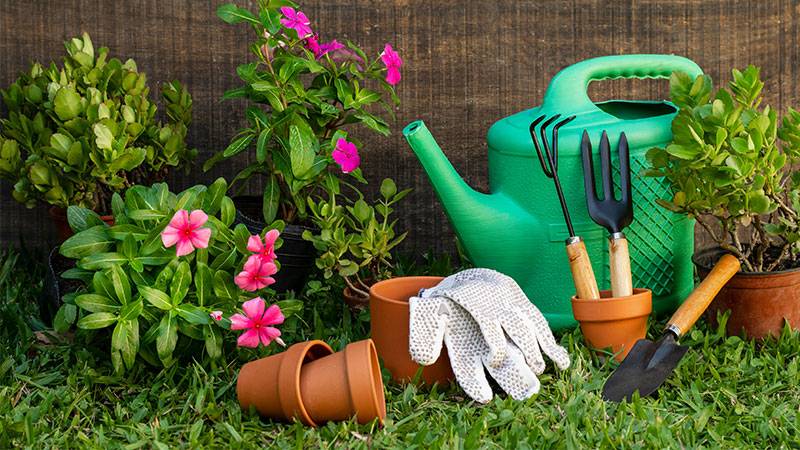
Aside from horticulture, a cattle panel greenhouse can serve other functions, reflecting its versatility.
Given their durable construction, these structures can act as temporary animal shelters. The strong cattle panels can withstand the stress of housing small farm animals. Just ensure the structure is adequately ventilated and the covering material is suitable for animals.
Another use is as a storage space. If you’re between growing seasons, or simply need extra room for garden tools and supplies, your greenhouse can serve this purpose well. The structure’s size makes it manageable enough to easily convert between uses.
In essence, the multifunctional nature of a cattle panel greenhouse extends far beyond gardening alone. Whether you’re nurturing seedlings or storing garden tools, this structure can adapt to your evolving needs.
Other Projects Using Cattle Panels
Cattle panels’ versatility extends far beyond greenhouses, serving as a reliable building material for several other DIY projects.
Chicken Coops
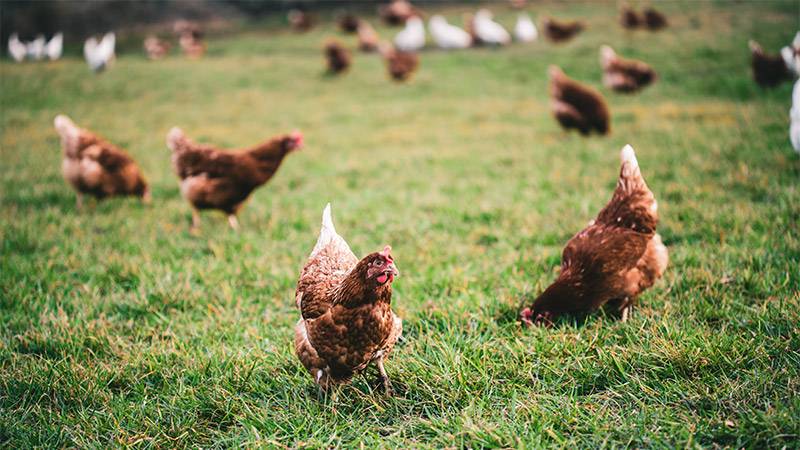
A dome-shaped chicken coop can provide ample space for chickens to roam while protecting them from predators. The panel’s small holes can deter medium-sized critters, and with proper covering, it can offer shade and protection from the weather.
Compost Bins
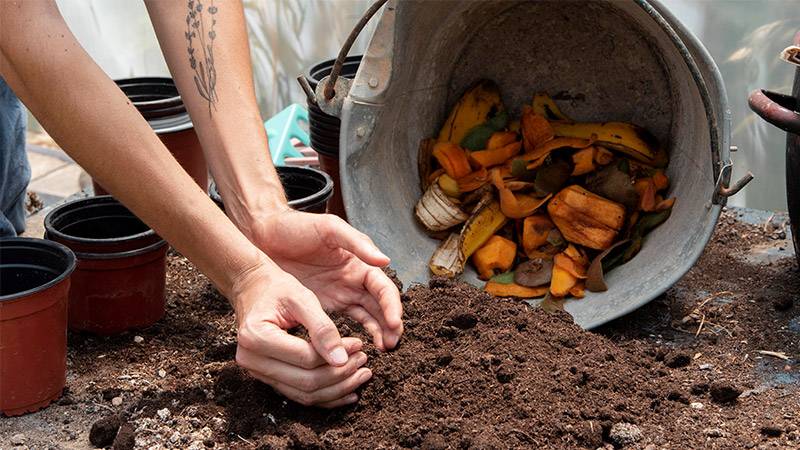
Turning cattle panels into compost bins is a great way to recycle organic waste. The open design allows for optimal air circulation, which is key to the composting process. Additionally, the sturdy structure will keep larger animals from disturbing your compost pile.
Garden Trellises

Probably one of the most creative alternative uses is crafting a garden trellis from cattle panels. Much like my parents did with their cucumbers, you can use them to create a vertical growing space for various climbing plants. Imagine walking through a tunnel of greenery right in the middle of your garden. It’s not only practical but also visually impressive.
Children’s Play Structures
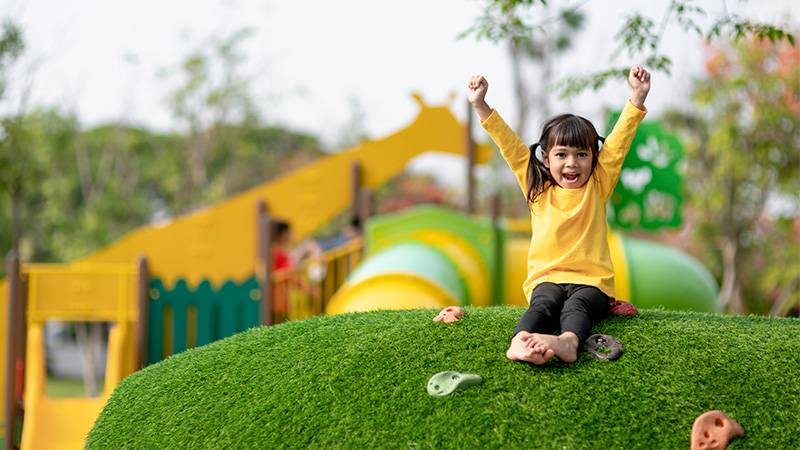
Surprisingly, cattle panels can also serve as frameworks for children’s play structures. From tiny houses to fun tunnels, these panels can be bent and shaped into a variety of structures. Add a safe covering material, and you’ve got a delightful play area that sparks children’s imagination.
Cattle panels are indeed a versatile material, applicable in diverse projects around the home and garden. Their durability, affordability, and adaptability make them a useful resource for any DIY enthusiast.
Frequently Asked Questions (FAQ)
Yes, you can make a greenhouse out of cattle panels. They are an affordable, durable, and versatile material that can be used to create a sturdy frame for a greenhouse, providing a controlled environment for year-round gardening. Proper covering and maintenance can ensure its effectiveness and longevity.
The size of a cattle panel greenhouse can vary based on your specific needs. However, a common size is 8 feet wide by 12 feet long, determined by the standard cattle panel size of 16 feet in length. This can be adjusted by using more or fewer panels.
Cattle panels can last upwards of 10 to 15 years or even longer. The exact lifespan depends on environmental conditions and maintenance, but they are exceptionally durable and, with proper care, can last for many years.
The cheapest way to build a greenhouse is by using cattle panels and a durable plastic sheet for the cover. This DIY approach keeps costs low, as cattle panels are affordable and easy to work with. Additionally, they provide a sturdy structure that can withstand various weather conditions.
The primary difference between hog panels and cattle panels lies in the size and spacing of the grid. Cattle panels typically have larger gaps, about 6 inches, and are taller. Hog panels, on the other hand, have smaller gaps that prevent pigs from slipping through, making them shorter but more tightly spaced.
Yes, cattle panels can rust over time, especially when exposed to wet conditions. However, most panels come galvanized, a process which coats them with a layer of zinc to resist corrosion. With proper care and occasional treatments, you can significantly prolong the lifespan of your panels.
Conclusion
Building a cattle panel greenhouse is an affordable and versatile option for those looking to grow their own food or simply enhance their garden space.
With the step-by-step guide provided in this blog post, you can construct and maintain a durable and functional greenhouse that will serve you for years to come.
So why not take the plunge and create your very own cattle panel greenhouse today?
